Chart Color Schemes
est. as @ -- *
ABS ERP | -- people | --
2021 Census | -- people
Sales Activity
Curious about local property values? Filter the chart to assess the volume and appreciation (including resales) trends and regional comparisons, or scroll to the map below view this information at an individual property level.
Find a Recent Sale
Sales Detail
Population
Kings Park is positioned among the lower quartile of areas assessed nationally for population growth based on AreaSearch's assessment of recent, and medium term trends
Kings Park, Victoria's population was approximately 13,932 as of August 2025. This figure is a decrease of 51 people from the 2021 Census count of 13,983, reflecting a decline of 0.4%. The decrease is inferred from ABS data showing an estimated resident population of 13,932 in June 2024 and validation of eight new addresses since the Census date. This population results in a density ratio of 3,144 persons per square kilometer, placing Kings Park in the upper quartile nationally according to AreaSearch assessments. Conversely, the broader SA3 area experienced growth of 2.2% since the census. Overseas migration contributed approximately 76.8% of overall population gains recently.
AreaSearch uses ABS/Geoscience Australia projections for each SA2 area, released in 2024 with a base year of 2022, and VIC State Government's Regional/LGA projections adjusted using weighted aggregation for areas not covered by ABS data. Based on these projections, Kings Park is expected to grow by approximately 984 persons by 2041, representing a total gain of 7.1% over the 17-year period.
Frequently Asked Questions - Population
Development
The level of residential development activity in Kings Park is very low in comparison to the average area assessed nationally by AreaSearch
Kings Park has recorded approximately 23 residential properties granted approval annually. Development approval data is produced by the ABS on a financial year basis: 115 homes over the past five financial years, from FY-20 to FY-25, with two recorded so far in FY-26. Despite population decline, development activity has been adequate relative to demand, maintaining a balanced market with good buyer choice. The average expected construction cost of new dwellings is $284,000, below regional norms, reflecting more affordable housing options.
In the current financial year, $199,000 in commercial development approvals have been recorded, indicating a predominantly residential focus. Compared to Greater Melbourne, Kings Park has significantly less development activity, 74.0% below the regional average per person, which typically reinforces demand and pricing for existing properties. Recent construction comprises 71.0% detached houses and 29.0% medium and high-density housing, preserving the area's suburban nature while responding to evolving lifestyle preferences. This marks a departure from existing housing patterns, currently 96.0% houses, suggesting diminishing developable land availability. Kings Park has approximately 1502 people per dwelling approval, demonstrating an established market. Looking ahead, it is expected to grow by 983 residents through to 2041.
Existing development levels seem aligned with future requirements, maintaining stable market conditions without significant price pressures.
Frequently Asked Questions - Development
Infrastructure
Kings Park has strong levels of nearby infrastructure activity, ranking in the top 30% nationally
The performance of a specific area is significantly influenced by changes in local infrastructure, major projects, and planning initiatives. AreaSearch has identified four projects that are likely to impact this particular area. Among these key projects are the Cairnlea Remediation Project, Amora Estate Cairnlea, Sunshine Hospital Emergency Department Redevelopment, and Cairnlea Final Stage Development. The following list provides details on those projects deemed most relevant.
Professional plan users can use the search below to filter and access additional projects.
INFRASTRUCTURE SEARCH
Frequently Asked Questions - Infrastructure
Melbourne Airport Rail (SRL Airport)
15km rail line from Melbourne Airport to Sunshine Station via Metro Tunnel. Includes new Sunshine Station upgrade, Airport Central station, and integration with existing rail network for improved connectivity.
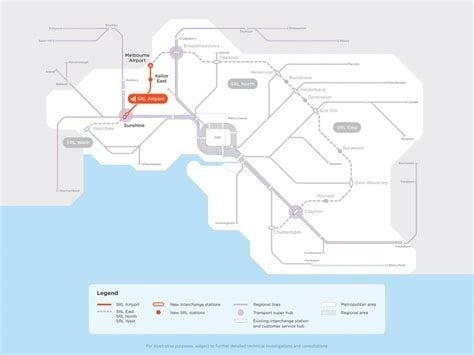
Sunshine Mental Health and Wellbeing Centre
A new 52-bed acute mental health facility at Western Health's Sunshine Hospital in St Albans, designed to provide care and treatment for residents of Melbourne's western suburbs in a modern and safe setting. It responds to a key recommendation from the Royal Commission into Victoria's Mental Health System and includes features such as single person bedrooms with ensuites, a sensory room, internal courtyards, enclosed garden areas, multi-functional rooms, spiritual rooms, staff and family lounges, and treatment rooms.
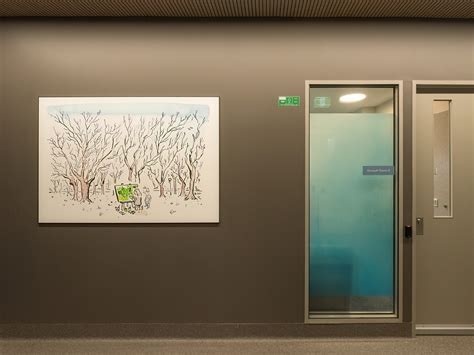
Melbourne Business Park
A 260-hectare industrial estate and business park located 25km from Melbourne CBD, serving as the largest masterplanned industrial precinct in the western corridor. Developed as a joint venture between Stockland and Mt Atkinson Holdings, it aims to provide over 18,000 jobs and approximately one million square metres of warehouse space. Recent achievements include a 5 Star Green Star certification for one of its facilities, emphasizing sustainability and energy efficiency.
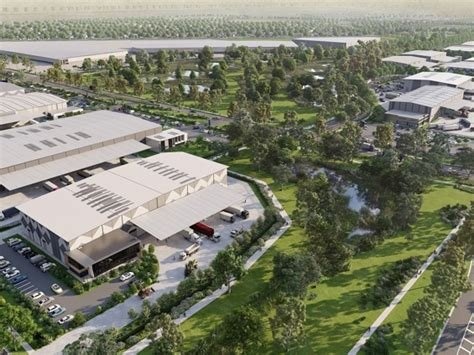
Melbourne Grid Battery
A market-facing grid battery connected to existing transmission infrastructure, located at the Deer Park Energy Hub 20km west of Melbourne's CBD. It provides 280MW/560MWh capacity to optimize renewable energy use, supply energy when needed, and support grid reliability.
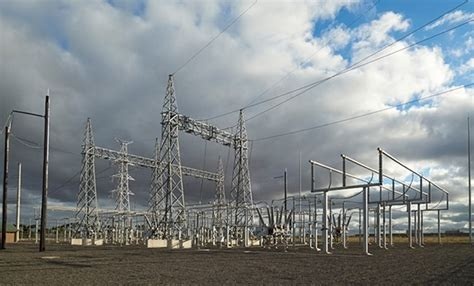
Lake Caroline Master Plan & Activation Strategy
Comprehensive enhancement of Lake Caroline Reserve including mid-lake crossing, dedicated event lawn, playspace upgrade, shared zone along Lake Street for markets and festivals, new viewing platforms, ecological wetlands restoration, and infrastructure renewal of 20-year-old boardwalks and facilities to create a vibrant regional community destination.
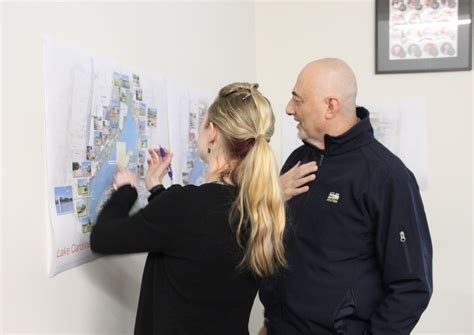
Deer Park Estate
A 66ha industrial estate planned to deliver 330,000-340,000sqm of logistics and highbay warehousing with potential data centre and restricted retail uses. Development Plan approved by Brimbank City Council; estate is now leasing with HB+B Property acting as development manager for UniSuper with GPT. ESG features targeted across the precinct.
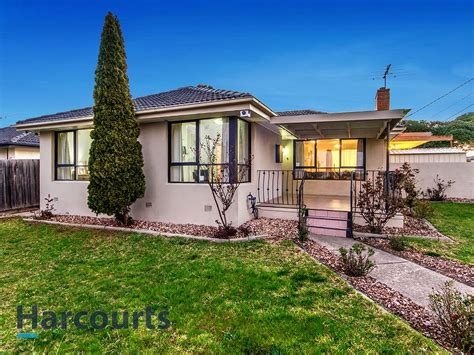
Deer Park Terminal Station
Deer Park Terminal Station is a 220/66kV terminal station developed by Lumea at Deer Park, Victoria. It was the first competitive win by a non-incumbent in Victoria, delivering improved energy supply reliability and increased capacity to meet growing demand for renewable energy, supporting Australia's transition to a clean energy future.
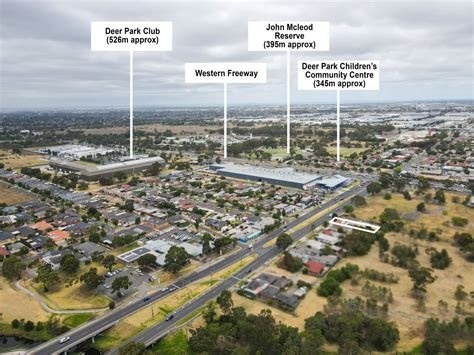
Western Rail Plan
Umbrella program to boost rail capacity in Melbourne's west. Current priority works focus on creating the Sunshine Superhub and related corridor upgrades (West Footscray to Albion) to unlock more than 40 trains per hour through Sunshine, enable a future rail line to Melbourne Airport, and pave the way for electrification of the Melton and Wyndham Vale lines. Geelong Fast Rail has been discontinued by the Australian Government; enabling works now concentrate on Sunshine capacity, with Melton/Wyndham Vale electrification planning continuing via subsequent business cases.
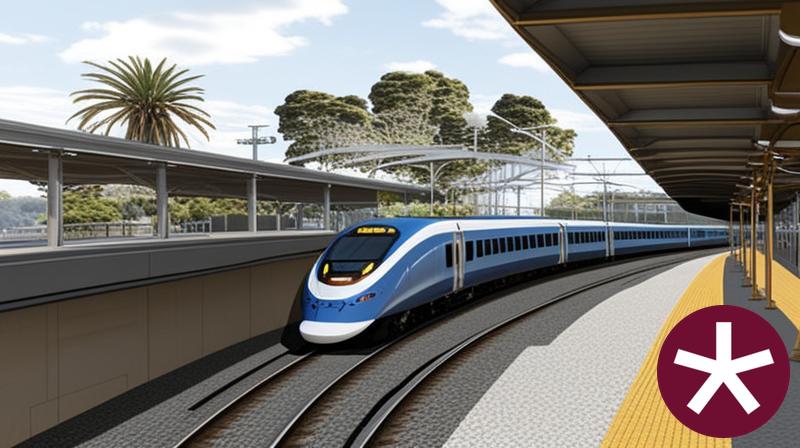
Employment
Employment drivers in Kings Park are experiencing difficulties, placing it among the bottom 20% of areas assessed across Australia
Kings Park Victoria has a mixed workforce with significant representation from white and blue-collar jobs. Manufacturing and industrial sectors are prominent.
In June 2025, the unemployment rate was 10.4%. Over the past year, employment grew by 4.3%. As of June 2025, 6,044 residents were employed while the unemployment rate was 5.8%, above Greater Melbourne's rate of 4.6%. Workforce participation was at 49.2%, compared to Greater Melbourne's 64.1%.
Employment is concentrated in manufacturing, retail trade, and health care & social assistance. Manufacturing employment is particularly high, at 2.1 times the regional average. Conversely, professional & technical jobs are lower at 3.7% versus the regional average of 10.1%. The area offers limited local employment opportunities as indicated by Census data. In the year ending June 2025, employment increased by 4.3%, while labour force grew by 5.7%, leading to a rise in unemployment rate by 1.2 percentage points. This contrasts with Greater Melbourne where employment grew by 3.5% and unemployment rose by 0.5 percentage points. In Victoria as of Sep-25, employment grew by 1.08% year-on-year, adding 39,880 jobs, with the state unemployment rate at 4.7%. National forecasts from Jobs and Skills Australia project employment growth of 6.6% over five years and 13.7% over ten years. Applying these projections to Kings Park's employment mix suggests local growth of approximately 5.4% over five years and 11.9% over ten years, based on simple weighting extrapolation for illustrative purposes.
Frequently Asked Questions - Employment
Income
Income metrics place the area in the bottom 10% of locations nationally according to AreaSearch analysis
According to AreaSearch's aggregation of latest postcode level ATO data released for financial year ended June 2022, Kings Park had median income among taxpayers of $42,143 and average income of $47,922. These figures are lower than national averages of $54,892 and $73,761 respectively in Greater Melbourne. Based on Wage Price Index growth of 10.11% from financial year ended June 2022 to March 2025, estimated median income is approximately $46,404 and average income is $52,767 as of March 2025. From the 2021 Census data, incomes in Kings Park fall between the 3rd and 17th percentiles nationally for households, families, and individuals. Income analysis shows that 30.7% of population (4,277 individuals) earn within $1,500 - $2,999 range, similar to regional level where 32.8% fall in this bracket. Housing affordability pressures are severe with only 84.1% of income remaining after housing costs, ranking at the 17th percentile nationally.
Frequently Asked Questions - Income
Housing
Kings Park is characterized by a predominantly suburban housing profile, with above-average rates of outright home ownership
In Kings Park, as per the latest Census evaluation, 95.6% of dwellings were houses, with the remaining 4.3% comprising semi-detached homes, apartments, and other dwelling types. This is in contrast to Melbourne's metropolitan area, where 81.3% of dwellings were houses, and 18.7% were other dwelling types. Home ownership in Kings Park stood at 41.1%, with mortgaged dwellings accounting for 35.6% and rented dwellings making up 23.3%. The median monthly mortgage repayment in the area was $1,500, lower than Melbourne's metro average of $1,700. The median weekly rent figure in Kings Park was recorded at $323, compared to Melbourne's metro average of $346. Nationally, Kings Park's median monthly mortgage repayments were significantly lower than the Australian average of $1,863, and rents were substantially below the national figure of $375 per week.
Frequently Asked Questions - Housing
Household Composition
Kings Park features high concentrations of family households, with a fairly typical median household size
Family households account for 79.4% of all households, including 36.3% couples with children, 22.2% couples without children, and 19.2% single parent families. Non-family households make up the remaining 20.6%, with lone person households at 17.9% and group households comprising 2.7%. The median household size is 2.9 people, which matches the Greater Melbourne average.
Frequently Asked Questions - Households
Local Schools & Education
Kings Park faces educational challenges, with performance metrics placing it in the bottom quartile of areas assessed nationally
The area's university qualification rate is 15.5%, significantly lower than Greater Melbourne's average of 37.0%. Bachelor degrees are the most common at 11.9%, followed by postgraduate qualifications (2.5%) and graduate diplomas (1.1%). Vocational credentials are prevalent, with 27.3% of residents aged 15+ holding them - advanced diplomas (8.9%) and certificates (18.4%). Educational participation is high at 29.9%, including primary education (10.0%), secondary education (8.5%), and tertiary education (4.9%).
Kings Park has five schools with a combined enrollment of 1,321 students, serving balanced educational opportunities with an ICSEA score of 955. There are four primary and one secondary school, with school places per 100 residents at 9.5, below the regional average of 14.3.
Frequently Asked Questions - Education
Schools Detail
Nearby Services & Amenities
Transport
Transport servicing is good compared to other areas nationally based on assessment of service frequency, route connectivity and accessibility
The analysis shows that there are currently 53 active public transport stops operating within Kings Park. These stops serve a mix of bus routes, with a total of 7 individual routes in operation. Together, these routes facilitate approximately 3,266 weekly passenger trips.
The accessibility of the transport system is rated as excellent, with residents typically located just 182 meters away from their nearest transport stop. On average, service frequency across all routes amounts to 466 trips per day, which translates to about 61 weekly trips per individual stop.
Frequently Asked Questions - Transport
Transport Stops Detail
Health
Kings Park's residents are healthier than average in comparison to broader Australia with a fairly standard level of common health conditions seen across both young and old age cohorts
Kings Park residents show relatively positive health outcomes, with standard common conditions seen across both young and old age groups. Private health cover stands at approximately 46%, compared to 48.1% in Greater Melbourne and a national average of 55.3%. Asthma and diabetes are the most prevalent medical conditions, affecting 7.0% and 6.9% respectively.
Around 72.6% of residents report no medical ailments, slightly lower than Greater Melbourne's 73.5%. The area has a higher proportion of residents aged 65 and over at 20.1%, compared to 17.9% in Greater Melbourne. Overall health profiles align with the general population.
Frequently Asked Questions - Health
Cultural Diversity
Kings Park is among the most culturally diverse areas in the country based on AreaSearch assessment of a range of language and cultural background related metrics
Kings Park has a population where 57.1% were born overseas, with 72.2% speaking a language other than English at home. Christianity is the main religion in Kings Park, making up 51.0%. Buddhism is overrepresented compared to Greater Melbourne, comprising 16.8% versus 12.5%.
The top three ancestry groups are Other (22.3%), Vietnamese (21.5%, higher than the regional average of 15.7%), and Australian (9.5%). Notably, Maltese (4.7%) is overrepresented compared to the region's 4.6%, Macedonian (4.1% vs 2.5%), and Croatian (1.7% vs 2.2%).
Frequently Asked Questions - Diversity
Age
Kings Park's population is slightly younger than the national pattern
The median age in Kings Park is close to Greater Melbourne's average of 37 years, matching the Australian median of 38 years. Compared to Greater Melbourne, Kings Park has a higher percentage of residents aged 65-74 (11.5%) but fewer residents aged 25-34 (13.7%). Between the 2021 Census and present, the 75 to 84 age group has increased from 4.7% to 7.2%. Conversely, the 55 to 64 age group has decreased from 12.0% to 11.3%. By 2041, Kings Park's age composition is projected to change significantly. The 75 to 84 age group is expected to grow by 51%, reaching 1,524 people from the current 1,008. Those aged 65 and above are projected to comprise 64% of the population growth. Meanwhile, declines in population are projected for the 65 to 74 and 25 to 34 age cohorts.






